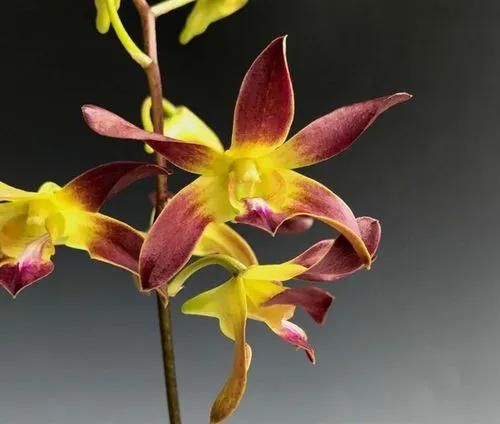Insectivorous plants include the Venus flytrap, several types of pitcher plants, butterworts, sundews, bladderworts, the waterwheel plant, brocchinia and many members of the Bromeliaceae. The list is far from complete, and some plants, such as Roridula species, exploit the prey organisms mainly in a mutualistic relationship with other creatures, such as resident organisms that contribute to the digestion of prey. In particular animal prey organisms supply carnivorous plants with nitrogen, but they also are important sources of various other soluble minerals, such as potassium and trace elements that are in short supply in environments where the plants flourish. This gives them a decisive advantage over other plants, whereas in nutrient-rich soils they tend to be out-competed by plants adapted to aggressive growth where nutrient supplies are not the major constraints.
Insectivorous Care
Insectivorous genus



Insectivorous plants are plants that derive some of their nutrients from trapping and consuming animals or protozoan. The benefit they derive from their catch varies considerably; in some species it might include a small part of their nutrient intake and in others it might be an indispensable source of nutrients. As a rule, however, such animal food, however valuable it might be as a source of certain critically important minerals, is not the plants' major source of energy, which they generally derive mainly from photosynthesis.
How to Care for the Plant

Water

They also need acidic soil, so your typical potting soil won't do, and you can't hydrate them with regular tap water because it's too alkaline and may contain damaging minerals. You should use distilled water only.

Pruning

Ocassionally

Fertilizer

A mild fish fertilizer diluted by one-quarter every two to four weeks can be added to the pitcher. Young plants and seedlings benefit more from fertilizer and may be soil fed. Dilute by half and follow any soil feeding with a drench of rainwater or distilled water.

Sunlight

One major consideration is providing sufficient light. Since most carnivorous plants develop their best color and flowering in bright light, it is important to provide good lighting. This can be accomplished indoors often by placing the plants on or near a bright window sill.

Soil

Most carnivorous plants grow in boggy soils with acidic, or 'ericaceous' compost.

Temperature

Q: About temperature. A: Different carnivorous plants like different temperatures. However, most do fine with temperatures that do not exceed 38°C (100°F). It may surprise you to learn that if you provide a terrarium with enough lighting, a result is that the terrarium may exceed the temperature range.

Additional

No. Carnivorous plants are not dangerous to humans to any extent. They are capable of eating insects and small mammals like frogs and rodents. Insectivorous plants grow in places like swamps and rocky areas where the soil does not have all the nutrients they need. So, they have evolved to get the nutrients they need from animals. These plants devour insects, protozoa, lizards and rats.

Popularity

29 people already have this plant 11 people have added this plant to their wishlists
Discover more plants with the list below
Related articles






